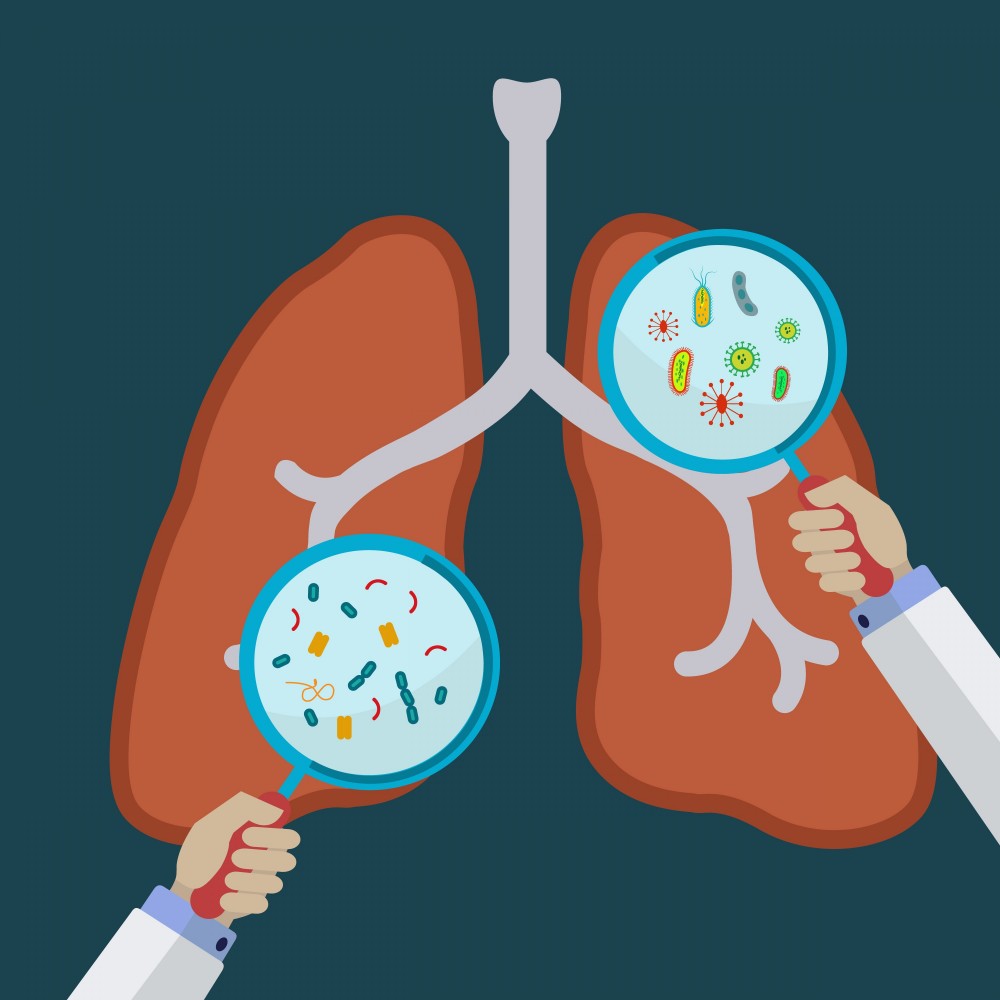Inflammation in Sarcoidosis Can Be Related to Different Molecular Profile, Study Suggests
Written by |

A new study suggests that sarcoidosis patients have different expression levels of certain RNA-binding proteins (RBPs) compared to healthy individuals, and that this difference is associated with the development of the disease.
The study, “Expression Profile of Six RNA-Binding Proteins in Pulmonary Sarcoidosis,” was published in the journal PLoS One by researchers from the Czech Republic’s Palacky University and Sweden’s Karolinska Institute.
Pulmonary sarcoidosis is characterized by a profile of increased lung inflammation due primarily to high levels of inflammation mediators, such as cytokines, chemokine ligands/receptors, and proteolytic enzymes (proteins that degrade other proteins).
It is known that these mediators can be regulated by RBPs. However, there has been no information on the levels of RBPs in patients with sarcoidosis, nor whether changes in these levels can account for the inflammatory condition of these patients.
“In the healthy lung and in leukocytes [cells of the immune system], RBPs are more highly expressed (…), possibly indicating the importance of RBPs in monitoring of lung inflammation,” the authors wrote in their report.
To assess the possible relationship between the levels of RBPs and sarcoidosis, researchers evaluated the expression levels of six RBPs (AUF1, HuR, NCL, TIA, TIAR, PCBP2) and two inhibitors of proteolytic enzymes (RECK, PTEN) in patients with pulmonary sarcoidosis and other respiratory diseases, and compared them with those of healthy individuals.
To do so, fluid samples from the bronchoalveolar cells of the lungs were obtained from 50 sarcoidosis patients, 23 healthy controls, 30 patients with chronic obstructive pulmonary disease (COPD), 19 patients with asthma, and 19 patients with idiopathic interstitial pneumonias (IIPs).
The results revealed that the expression levels of three RBPs (AUF1, TIA, and NCL) were decreased in sarcoidosis patients compared to control individuals. Additionally, TIA was decreased in both airway obstructive pathologies (COPD and asthma), but not in patients with IIPs. Researchers also observed a lower expression of the RECK inhibitor in bronchoalveolar cells from all patient groups compared to healthy controls.
In addition, given that the main objective of the study was to investigate levels of RBPs in sarcoidosis, the authors also analyzed the expression profile of two of the most extensively studied RBPs (AUF1 and HuR) in CD3+, CD4+, and CD8+ immune T lymphocytes of peripheral blood obtained from patients with sarcoidosis. The team found that AUF1 and HuR also displayed lower levels in sarcoidosis patients compared to healthy subjects.
The results obtained suggested not only that sarcoidosis patients have a different inflammatory profile, they may also explain why inflammation is increased in these patients.
“Based on current knowledge, we can only speculate that the down-regulated expressions may support sarcoid inflammation by an insufficient degradation of mRNA encoding for cytokines (e.g. IL-6), chemokines (e.g. IL-8) and proteolytic enzymes (e.g. MMP-9),” the authors wrote in their report. The reduced expression of RECK may also enhance excessive proteolytic activity.
Future studies are needed to investigate which are the protein targets of these RBPs in the bronchoalveolar cells to further understand the role of RBPs in chronic inflammation linked to sarcoidosis and other respiratory diseases.





